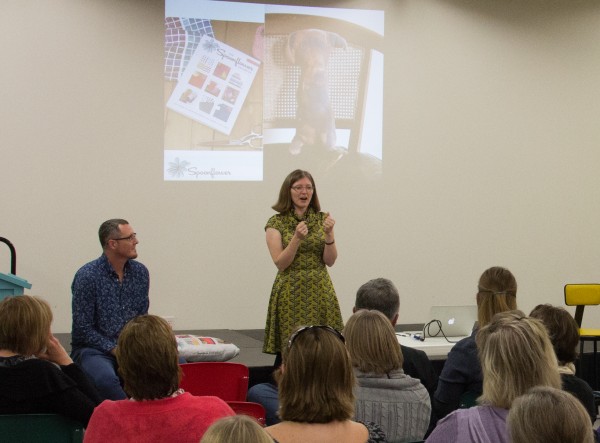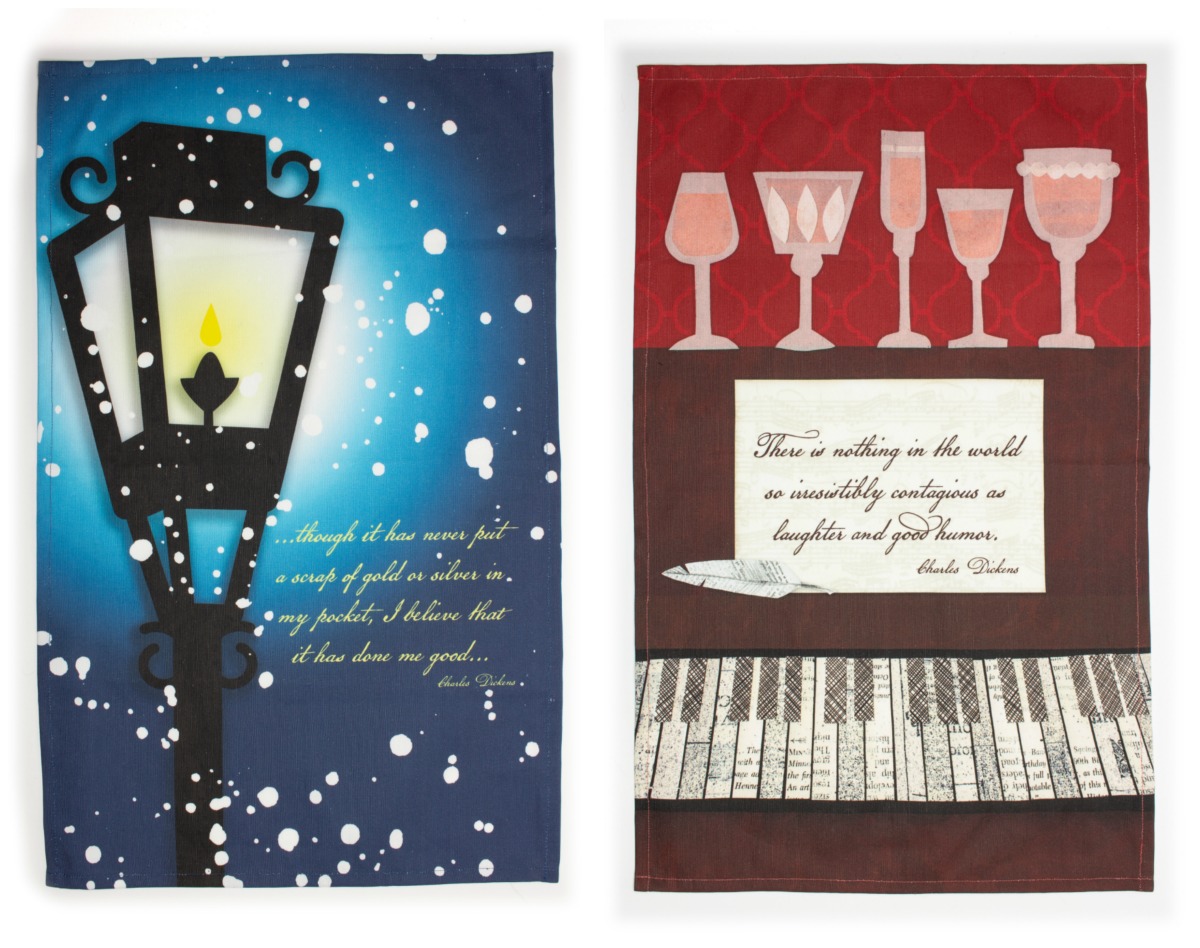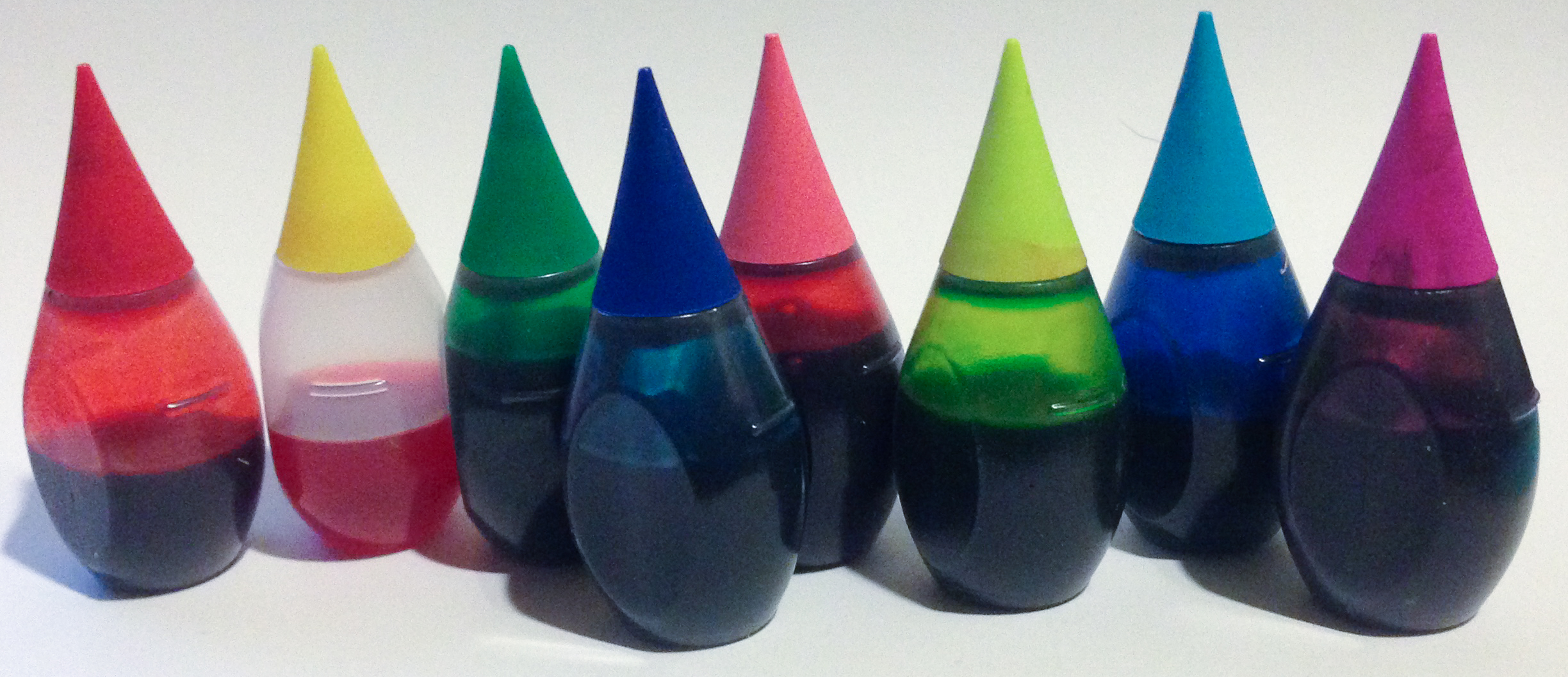Learning New Things (e fare limonata)
I spend a lot of time applying for things: grants, scholarships, projects, exhibitions, sales, training sessions, residencies. As an independent artist, I don’t work unless I find the opportunities, so I am always on the look out for something. About half the time (at least) you apply and get a “no thank you”. That’s pretty much expected.
This summer, I had a lot of “no thank yous” that all happened at once. It’s not anything that I am failing at, it just happened that the things I was proposing and the things that appealed to the grantors/jurors/evaluators weren’t on the same page. Evaluation panels are funny that way and really change with the personality of the people sitting on the panel and what fires up their excitement and enthusiasm.
I try not to overbook myself by applying to too many things that overlap, because you never know when you will have the opposite problem – a whole lot of YES – and there is only one of me to go around. So that meant that I had a whole lot of time on my hands this summer set aside for projects that weren’t going to happen.
So I decided to learn something new.
I started by brushing up my origami skills. This is related to one of the things-i-applied-to-but-didn’t-get. I subscribed to a YouTube channel of a designer I like who writes great tutorials and I practiced. I’ve talked about my long love of origami before on the blog, but I don’t practice enough. So I’m trying to fold something new at least once a week and trying to memorize a few simple ones.
Next, I decided to learn Italian. A friend had been talking about the app DuoLingo and I thought I’d give it a try. It’s actually a lot of fun. I’ve always been pretty good at picking up languages and it’s not often anymore that I have something that is completely new to learn. Why Italian? Why not? I have been to Italy once and I would like to go back. I learned French as a kid and it’s enough related that I think it makes it easier to pick up. Duolingo has LOTS of different languages you can pick from (including Klingon) and it works like a game. Sometimes I am saying things out loud, translating from one to the other, writing, reading. Some of the phrases are silly. I am still pretty beginner (I’ve made it through Basics, Phrases, Food and Animals) but it’s so nice to have something on my phone that feels productive. The lessons are super quick and so I can do one while sitting and waiting somewhere and it’s a whole lot less unpleasant than surfing Facebook some days.
Then, I decided to take some classes from the MN Center for Book Arts. Back when I worked as an arts admin, we collaborated with MCBA on all kinds of things, but I had never taken a class or participated in anything they do. Wow, have I been missing out. MCBA does all kinds of things with paper – papermaking, book binding, surface design on paper, printing. I love paper. I’ve never done any of these techniques. I didn’t study art except for a couple of “Art for Elementary School Teachers” required classes in college that were lame, so I haven’t had the opportunity or excuse.
First I took a “sampler” class where we got to do half-days in several different labs – papermaking, screenprinting, bookbinding and letterpress. A tiny taste, but fun. Then my husband and I signed up for a woodtype poster making class on a 1840s press. I ordered some woodtype from eBay just to play with. It needs to be cleaned but I have a couple of complete alphabets to play with now.
Then I did a two-day Japanese papermaking class. That was completely fascinating. I kept finding so many parallels and questions about working with the kozo (mulberry bark) fibers vs working with wool, which I have used a lot. The sheets of paper we made were very strong and thin; so translucent you can read text through them. We started from the inner bark and did all of the processing by hand – soaking and beating the fibers with a 2×4, pulling it apart, dipping the sheets. I loved every minute of it and I had an amazing instructor. I have plans to scan some of my sheets and layer them over some of my fabric designs. Can’t wait to try out those textures.
Finally, I took a paste paper class, which was a little less stellar (I had a hard time with the instructor’s teaching style/preparation) but gave me some ideas to explore at a later date. (If anyone out there knows anything about paste paper, especially the more traditional methods without acrylic paint, please DM me!)
I’ve decided to do the “Book Arts Certificate” program at MCBA, which is a required set of classes (like a grad school program) that gives you an endorsement in book arts media/techniques. It might open up some teaching or other opportunities for me. Who knows.
The biggest thrill of the summer has been that I had sort of forgotten how much fun it is to be a beginner at something and to learn something totally new. In fiber arts, I rarely find a class/workshop/retreat that I am even interested in. My skills are too advanced for the “sewing retreats” and more advanced classes are really hard to find. I get so tired of the “quick and easy” attitude that everything needs to be less work to be fun. I want to be challenged in a class. It feels good to have to think and ask questions.
What’s the last thing you learned that was totally new to you? Did you love it or find it frustrating? What do you think I should learn about next?


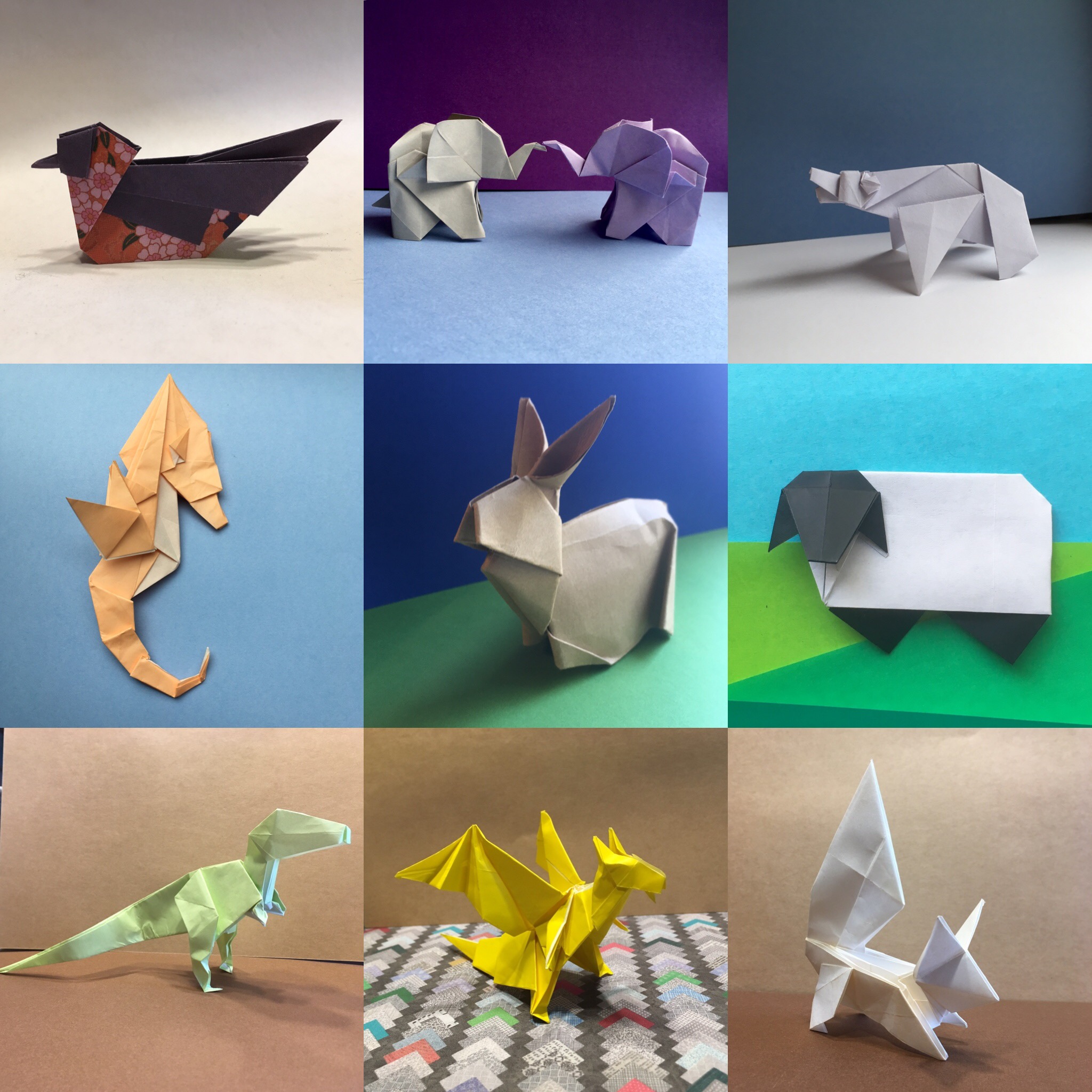







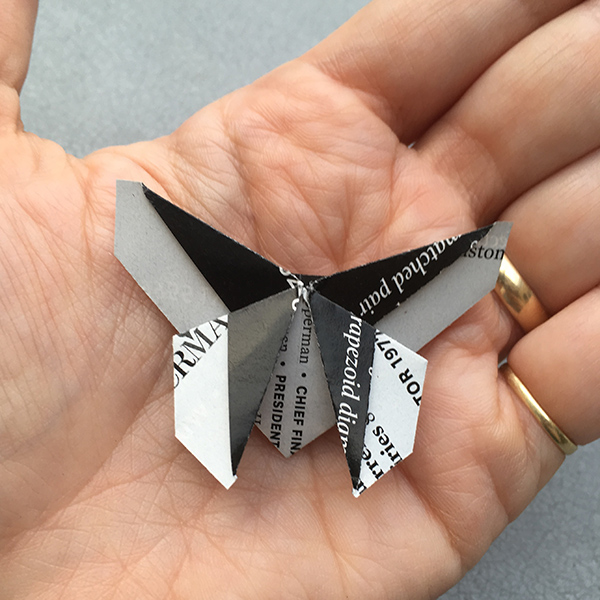
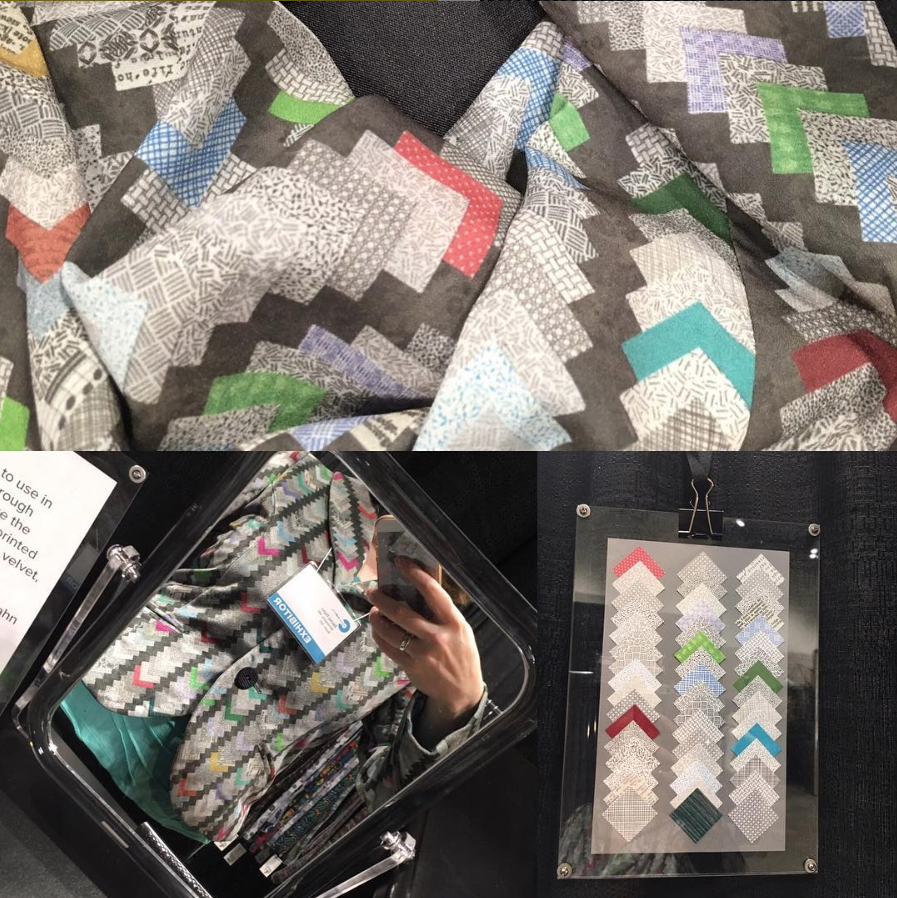
 I started with their Hip Pop emerging artists program. That’s an image of my 2017 booth in its cardboard glory. (I actually think the cardboard popups are awesome and I think my work really popped against that kraft paper color.) Hip Pop is also a juried program but allows artists to share a booth with other emerging artists. The booth fees are lower (because of the limited space) and some of the display/lighting is included, so it is a way for new artists to try out the show and see if the audience is a good fit for their work before investing in a full both space. Once you have juried in as a Hip Pop artist, you can return to the shared booth for 3 years and then “graduate” to a full sized booth for the next two. I just completed my fifth year, so next year I will need to re-jury into the regular artist pool.
I started with their Hip Pop emerging artists program. That’s an image of my 2017 booth in its cardboard glory. (I actually think the cardboard popups are awesome and I think my work really popped against that kraft paper color.) Hip Pop is also a juried program but allows artists to share a booth with other emerging artists. The booth fees are lower (because of the limited space) and some of the display/lighting is included, so it is a way for new artists to try out the show and see if the audience is a good fit for their work before investing in a full both space. Once you have juried in as a Hip Pop artist, you can return to the shared booth for 3 years and then “graduate” to a full sized booth for the next two. I just completed my fifth year, so next year I will need to re-jury into the regular artist pool.





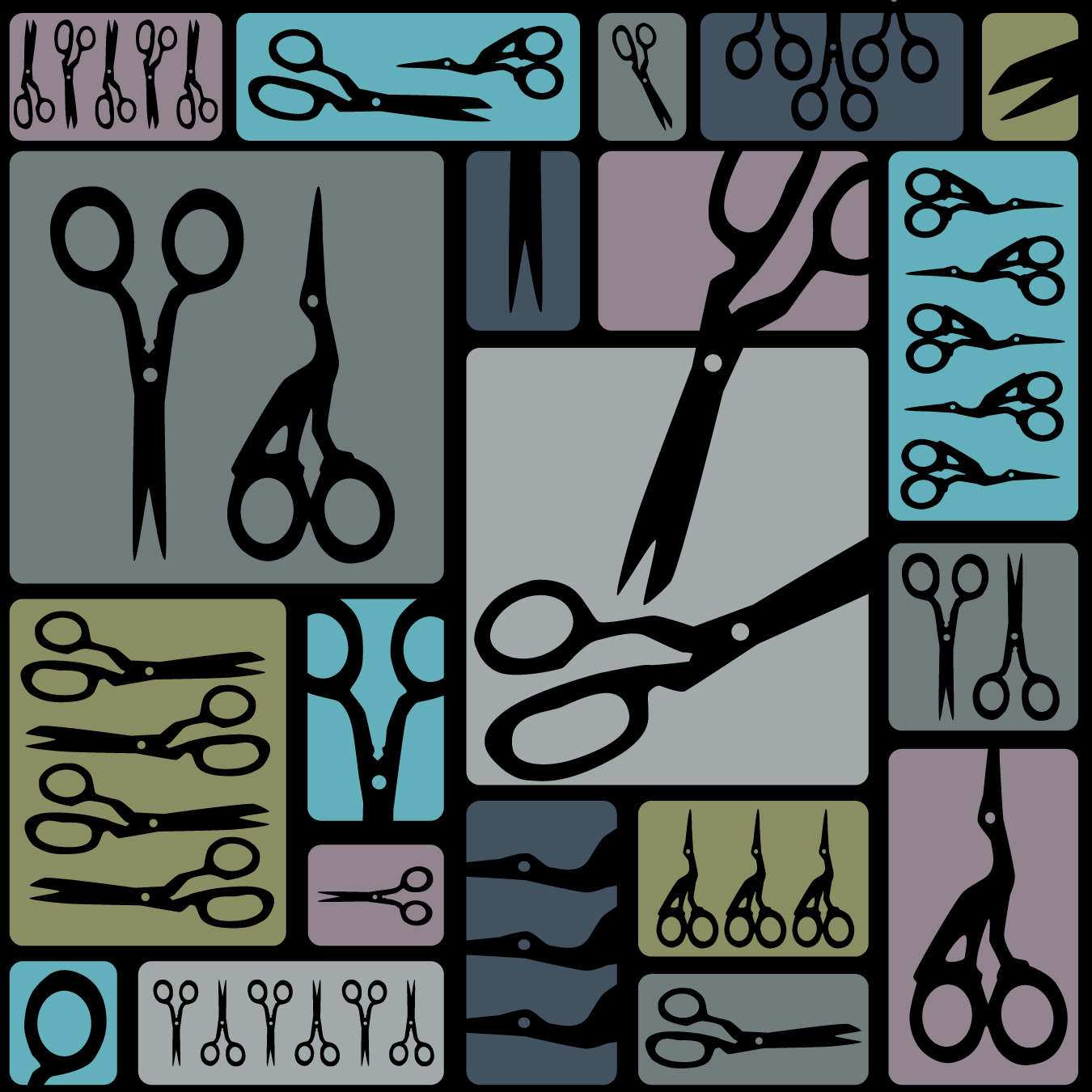 The next pass is where you start having to make decisions about what is really telling the story and what is not. And that takes a lot of reflection. I had a whole section describing my artistic practice and the sometimes dysfunctional relationship I see between fiber art and technology. This is something I think a lot about and I respond to in my work often. I finally realized that even though that was something important to me, it wasn’t actually serving the narrative. The jurors weren’t going to get anything out of those sentences that would help them understand my work or my project. More importantly, the project I was proposing didn’t actually have anything to do with that theme specifically. Even though I wanted them to understand everything about what I do, the reality was that I needed to focus their lens. That was a couple hundred characters that could go away and only I would miss them.
The next pass is where you start having to make decisions about what is really telling the story and what is not. And that takes a lot of reflection. I had a whole section describing my artistic practice and the sometimes dysfunctional relationship I see between fiber art and technology. This is something I think a lot about and I respond to in my work often. I finally realized that even though that was something important to me, it wasn’t actually serving the narrative. The jurors weren’t going to get anything out of those sentences that would help them understand my work or my project. More importantly, the project I was proposing didn’t actually have anything to do with that theme specifically. Even though I wanted them to understand everything about what I do, the reality was that I needed to focus their lens. That was a couple hundred characters that could go away and only I would miss them.